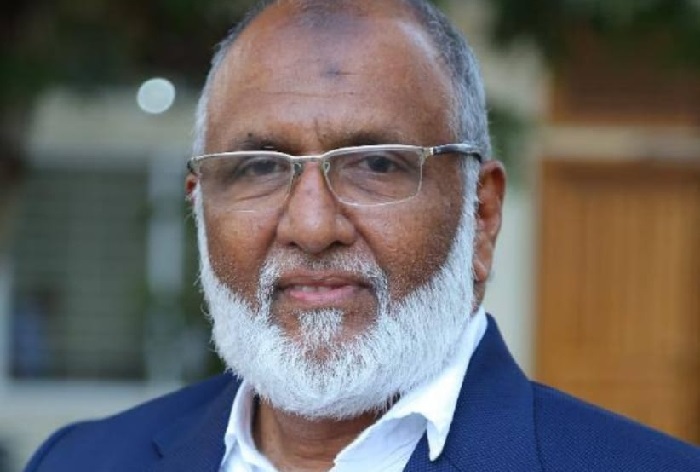Udupi, Aug 23: After being discharged from the Kasturba Hospital in Manipal on Tuesday, Vishwesha Tirtha Swami of Paryaya Pejawar Mutt spent time at the Vadiraja Mandira located next to the Sri Krishna Mutt/Temple complex by reading books and chanting mantras.
The 87-year-old seer had undergone surgical procedure for hernia on Sunday. Though the seer has been discharged, the doctors have advised him complete rest for a week.
The seer who returned in a vehicle through the Rajangana Rear Road refused to sit in a wheel chair to be taken to his room at the Vadiraja Mandira Guest House, which is just behind the Badagu Malige, where the seer’s room and the administrative wing of the Paryaya Mutt are located. Instead he walked slowly towards his room at the Vadiraja Mandira.
The seer, who spoke briefly with presspersons, said: “I am fine. Let us talk next Monday.”
Tradition bars the seer who has ascended the “Paryaya Peetha” at the 800-year-old Sri Krishna Mutt/Temple from leaving the Car Street so that he does not missing offering “puja” to Lord Krishna.
The seer got admitted after informing and getting the consent of the remaining seers of Ashta Mutts as this involved moving out of the Car Street.






Comments
Pejawar seer is the real seer
Seer is great.. get well soon
Add new comment